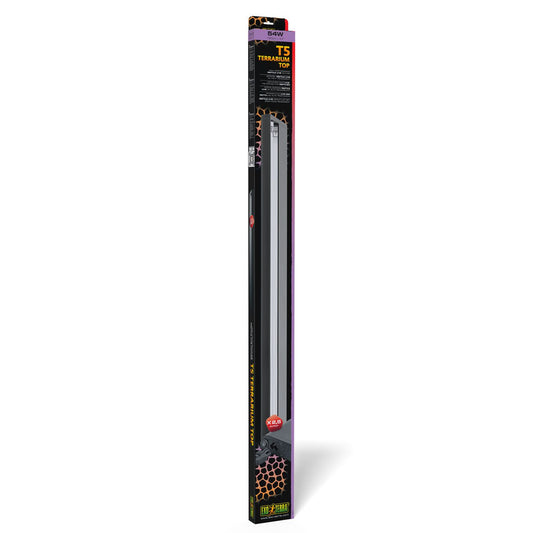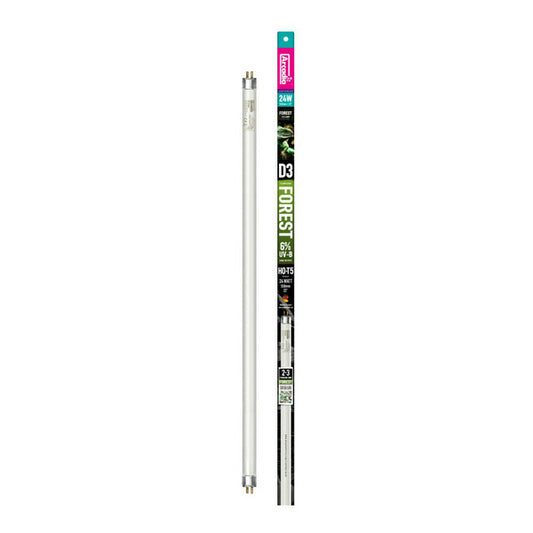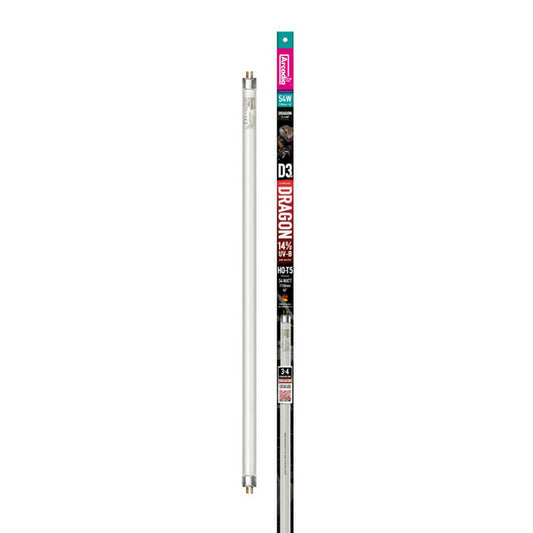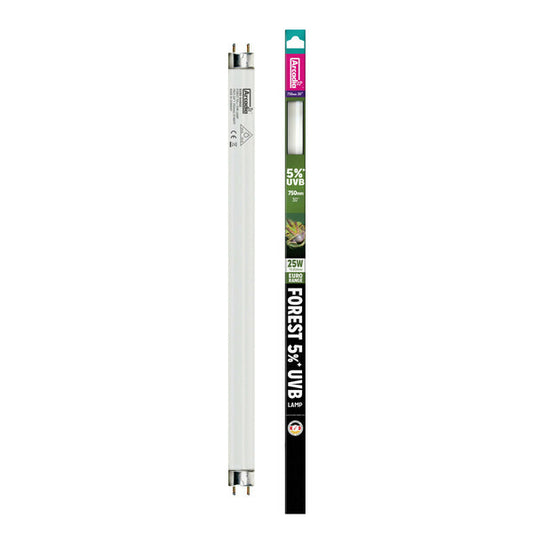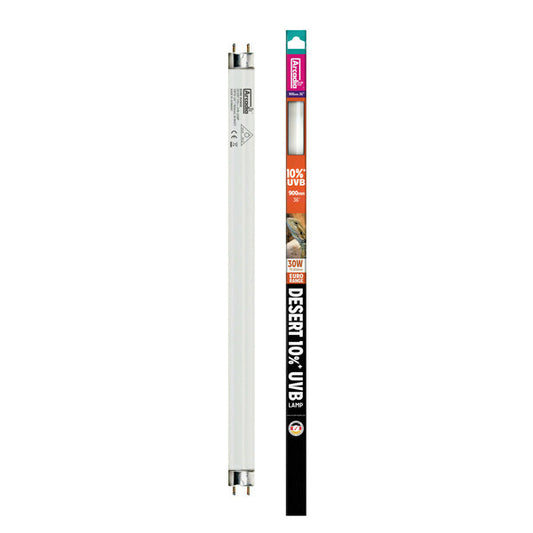Collection: T5 UVB Fluorescent Tubes
The T5 UVB Fluorescent Tubes are specialized lighting solutions designed specifically for the care and well-being of reptiles, amphibians, and other exotic animals in both captive and rescue environments such as APES (Animal Protection and Education Society). These fluorescent tubes are engineered to emit UVB radiation, which is essential for many exotic species to synthesize vitamin D3, a critical nutrient for calcium metabolism and overall health.
Key characteristics of the T5 UVB Fluorescent Tubes include:
-
Optimized Spectrum: The tubes produce UVB light that closely mimics the natural sunlight found in the animals' native habitats, providing an optimal balance of UVB for their health.
-
High Output: T5 refers to the tube diameter (5/8 of an inch), and these tubes are known to be high-output, providing a strong source of UVB even at a distance, suitable for larger enclosures.
-
Longevity: These tubes are designed for long-term use, with many models offering thousands of hours of reliable UVB output before needing replacement.
-
Efficiency: The T5 UVB tubes are energy efficient, consuming less power compared to other types of lighting while still delivering the needed intensity of UVB.
-
Variety of Sizes: They come in various lengths and wattages to accommodate different sizes of terrariums and vivariums, ensuring that the correct intensity and coverage are met for the specific needs of the animal being housed.
-
Ease of Installation: These tubes fit into standard T5 fluorescent fixtures, making it straightforward to install and replace.
It's important to note that for any exotic animal rescue operation, the selection of the appropriate UVB fluorescent tube should be tailored to the specific UVB requirements of the different species under care. Adequate provision of UVB lighting is essential for preventing metabolic bone disease and maintaining overall health in these animals. Regular monitoring and replacement of the tubes are also critical, as their ability to emit sufficient UVB decreases over time.
-

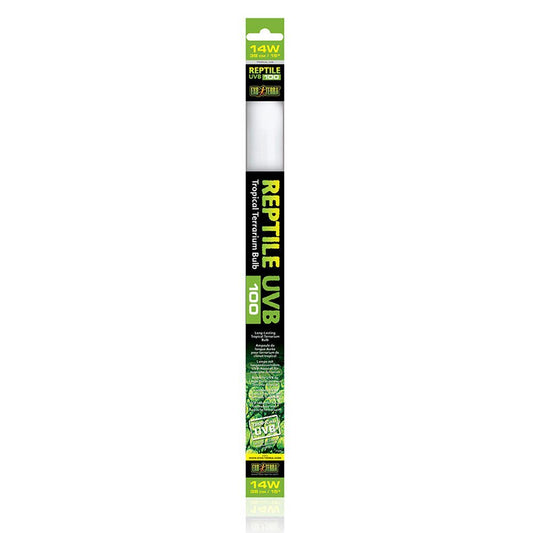 Sold out
Sold outExo Terra T8 Fluorescent Tubes
Regular price From £16.99Regular priceUnit price / per -
ET T5 UVB Fixture Connection Cable
Regular price From £5.99Regular priceUnit price / per -
ExoTerra T5 UVB Fixture Terrarium Top
Regular price From £59.99Regular priceUnit price / per -
ExoTerra Reptile UVB300 T5 VHO
Regular price From £21.99Regular priceUnit price / per -
ExoTerra Reptile UVB200 T5 VHO
Regular price From £21.99Regular priceUnit price / per -
ExoTerra Reptile UVB100 T5 VHO
Regular price From £21.99Regular priceUnit price / per -
Arcadia D3 Reptile T5 Lamp, 6% UVB
Regular price From £29.75Regular priceUnit price / per -
Arcadia T5, D3+ Dragon T5 Lamp, 14% UVB
Regular price From £33.62Regular priceUnit price / per -
Arcadia D3+ Reptile Lamp, 12% UVB
Regular price From £31.98Regular priceUnit price / per -
Arcadia Euro-Range Forest 5% UV Tube
Regular price £17.90Regular priceUnit price / per -
Arcadia Euro-Range Desert 10% UV Tube
Regular price From £19.62Regular priceUnit price / per
Subscribe to our emails
Be the first to know about new collections and exclusive offers.





